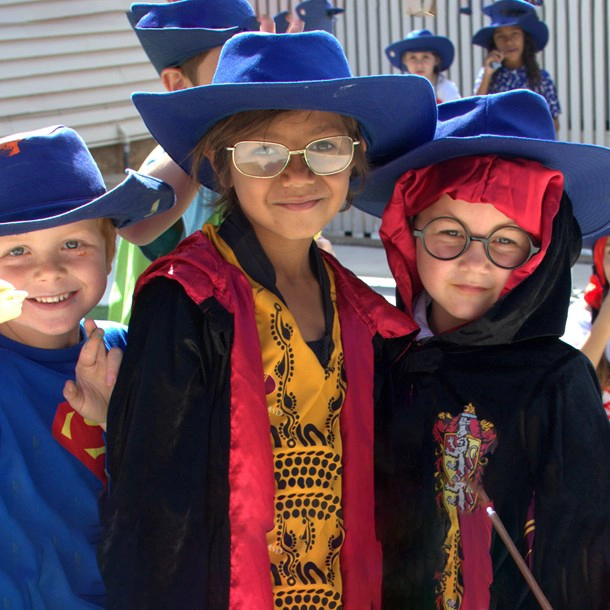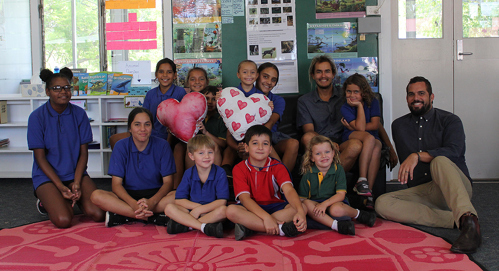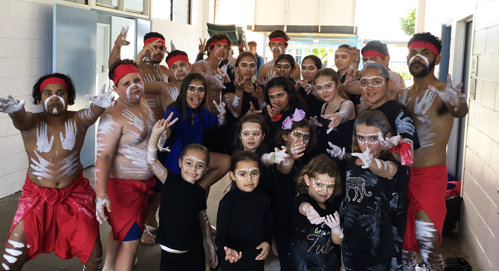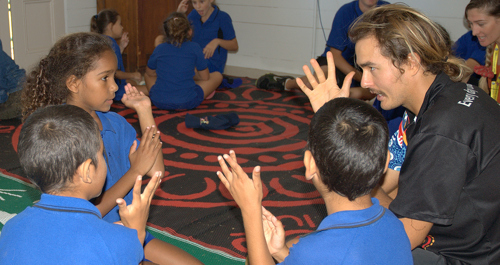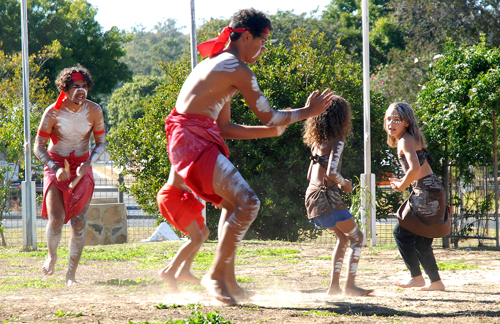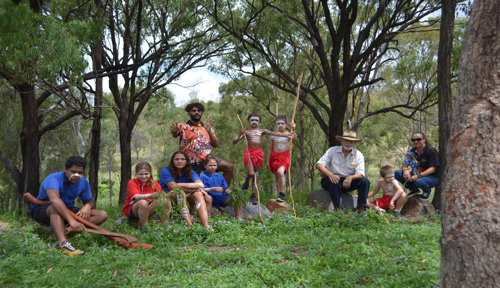Getting started
At the start of 2016 the leadership team decided to address areas identified as needing specific improvement in order to bring about positive change in the school:
- School attendance – one of the lowest in the central Queensland region
- Behaviour – much higher number of incidents than Queensland average
- Achievement – poor to average passing grades
- Staff morale – low
The school leadership knew which areas they needed to work on so they devised three macro-questions to guide and focus their planning for effecting change.

